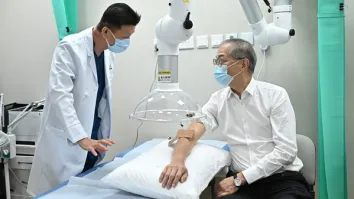
Medical manufacturers in, miners out in Australia
Australia banks on healthcare innovation to drive economic growth.
Australia is aggressively pumping funds into the healthcare sector as the era of mining-driven growth steadily draws to a close. “Against this backdrop, building the country's capacity for technological innovation is perceived as vital for Australia's economic future,” notes a report from BMI Research. “Developing new medical breakthroughs, enhancing patient care and access, improving healthcare system outcomes, and driving innovation all represent priority areas for the government,” the report adds.
To this end, the Australian government is set to invest AU$10 billion (US$7.42 billion) over four years to support the country’s Long-Term National Health Plan. The FY2017/18 budget highlights targeted investment decisions with a focus on high-value clinical care, the promotion of good health, and collaborating with the health sector in order to build a holistic and integrated healthcare system.
“As Australia's mining construction-driven prosperity begins to close, the government aims to move towards doubling its current medical research funding," BMI Research says.
A report by EY highlights the various measures that Australia is undertaking to further improve the competitiveness of its pharmaceutical sector. For instance, the federal government is set to inject AU$7.4 million (US$5.6 million) in 14 sector-specific projects and is further awaiting AU$32 million (US$24 million) from various industry partners.
“Additionally, the industry is working to bridge the gap between research and successful commercialisation. To further promote innovation, the country is simultaneously expediting the drug approval process,” EY says.
To encourage real-world application of innovation, the Victorian state government plans to expend AU$4 million (US$3 million) to build a world-class innovation centre, the Medicines Manufacturing Innovation Centre, led by Monash University. In the same vein, the Australian drug regulator, the Therapeutic Goods Administration, is currently in the process of rolling out reforms over the next 18 to 24 months. One of the major changes includes potential introduction of two expedited pathways for the registration of novel medicines, focusing on drugs that are already approved in countries with comparable regulatory processes.



















 Advertise
Advertise








